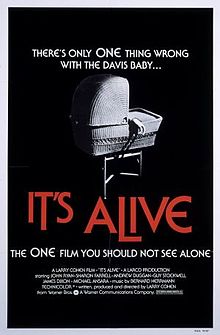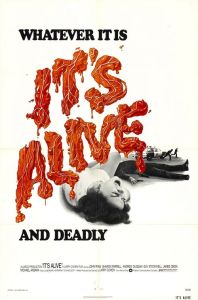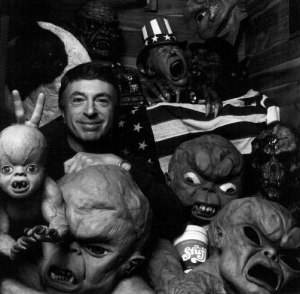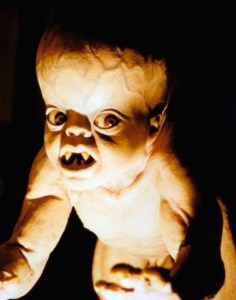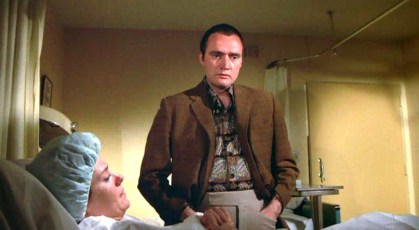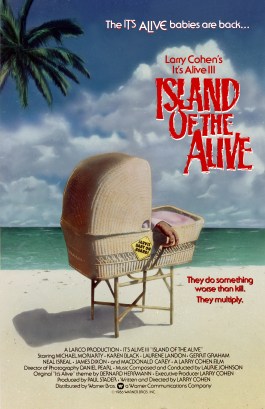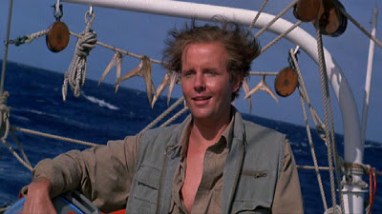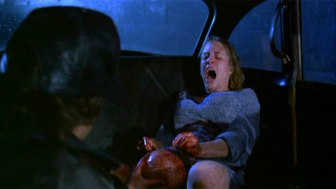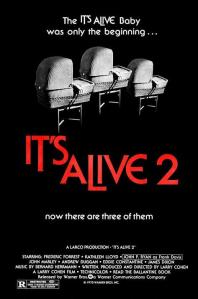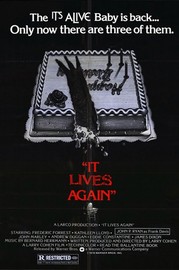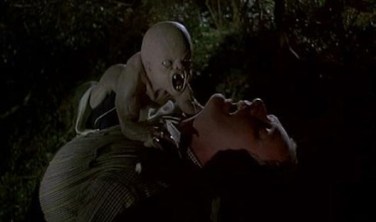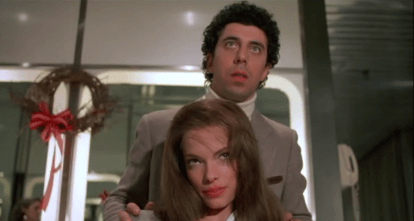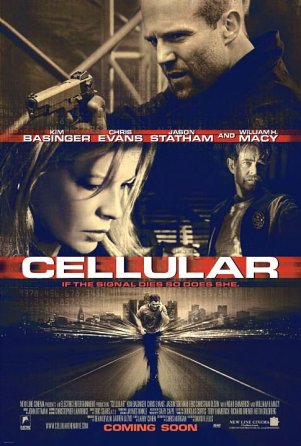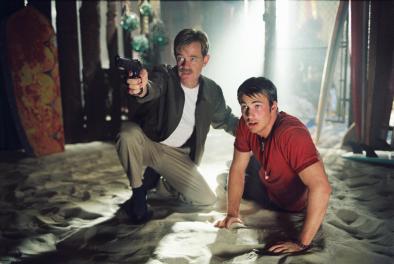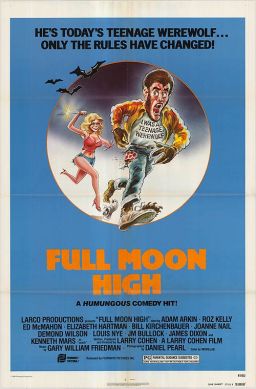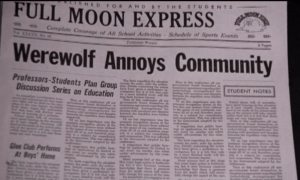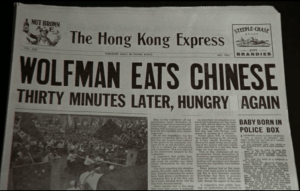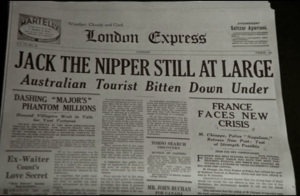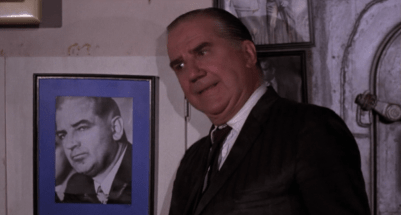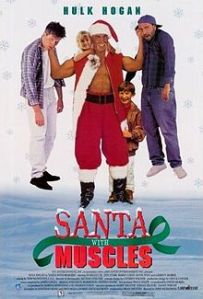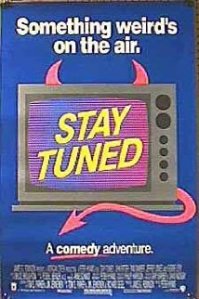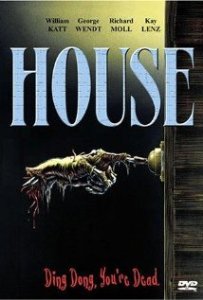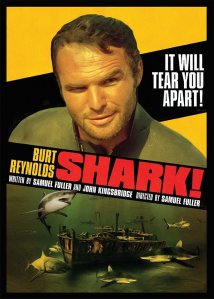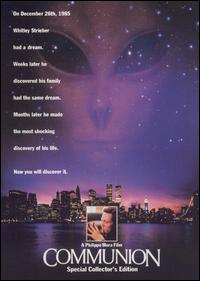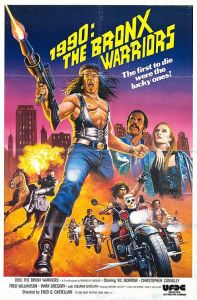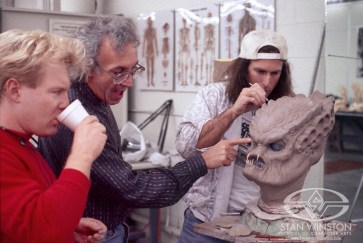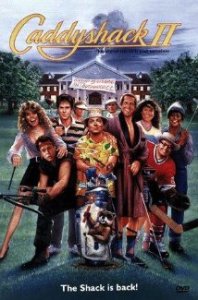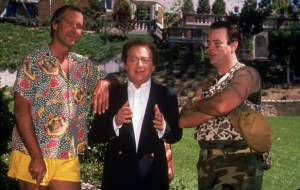It’s Alive
Welcome to Misan[trope]y Movie Blog’s (Plot)opsy Podcast! Today, I’ll be taking a look at the Larry Cohen cult classic monster baby movie, “It’s Alive.”
The story of “It’s Alive” follows the bizarre birth of a monstrous, murderous baby, which proceeds to go on a killing rampage. A manhunt for the child is launched, while the parents are left to deal with the realization that their child is potentially inhuman.
The title of the movie was concocted as part of the advertising campaign, and produced two different memorable taglines: “Whatever it is, it’s alive” and “There is only one thing wrong with the Davis baby: It’s Alive.” Arthur Manson, who was the head of advertising at Warner Brothers during the production of “It’s Alive” was the brains behind the campaign, and has used it in lectures on film promotion, and it has even been featured in professional advertising classes on the subject.
The infamous delivery scene was filmed in a functional operating room, and filming had to be abruptly paused during a shoot for an emergency delivery. The child that was born in that delivery even appears briefly in the film.
As outlandish as the premise for “It’s Alive” may seem, monster babies are featured in plenty of mythology and lore, particularly when pregnancies are not taken care of or a child is not baptized. The stories have inspired all manner of superstitious traditions, some of which still exist today. Some of these legends include the changelings throughout Europe, the Spanish xaninos, and the terrifying Japanese sankai, who are demon babies who run away immediately after birth and return to kill their mother. Even in the bible, there is a description of a monstrous birth in 2 Esdras 5:8: as part of a series of cataclysmic events.
The idea of for “It’s Alive” supposedly came from Larry Cohen watching a baby have a temper tantrum, and noting specifically how violent it was, and how destructive it could be if it had more power.
The release of “It’s Alive” drew obvious comparisons to Roman Polanski’s 1968 horror hit, “Rosemary’s Baby.” In a lot of ways, “It’s Alive” is kind of a theoretical look at what Rosemary’s baby might actually be like, given it wasn’t shown in any detail in the Polanski film.
Larry Cohen’s career started with him writing for television programs throughout the 1960s, including “The Invaders” and “Blue Light.” In the early 1970s, he started directing a handful of blacksploitation films, the most notable of which was “Black Caesar” starring Fred Williamson. After “It’s Alive,” Cohen went on to create a number of cult classic horror movies with comedic twists in the 1980s, such as “The Stuff” and “Q: The Winged Serpent.” Cohen had a bit of a renaissance in the early 2000s after writing a couple of successful thrillers in “Phone Booth” (starring Colin Farrell) and “Cellular” (starring Chris Evans), but hasn’t had any new credits since 2010.
“It’s Alive” features a musical score composed by the legendary Bernard Herrmann, who is best known for “Psycho,” “Citizen Kane,” “North By Northwest,” and “Vertigo.” “It’s Alive” was one of his last scores before his unexpected death, next to “Taxi Driver,” which won him a posthumous Academy Award.
Peter Honess, the editor for “It’s Alive,” has gone on to a fantastic career of cutting larger budget Hollywood flicks like “L.A. Confidential,” “Harry Potter And The Chamber of Secrets,” and the cult classic “Highlander.”
The Director of Photography on “It’s Alive,” Fenton Hamilton, was a lighting technician during the golden age of Hollywood, and finished his career doing cinematography work for Cohen. He was in poor health during most of his time working with Cohen, and the Cohen film “Full Moon High” was dedicated to his memory after his death.
Lauded special effects guru Rick Baker provided the creature design for the mutant babies in “It’s Alive,” and was one of his first major effects roles. He has gone on to win 7 Academy Awards on 12 nominations, for films like “An American Werewolf In London,” “Men In Black,” and “Ed Wood.”
By design, these is very little exposure of the monster on screen in “It’s Alive.” Cohen has said that this was to allow the audience to use their imagination, and to help build suspense, which was partially influenced by the famous pool sequence from “Cat People.” Later, this principle was made famous with Steven Spielberg’s “Jaws.”
The baby’s point of view double vision effect was done based on input from doctors, who reportedly told Cohen that a child’s vision would not be as focused as an adult’s. Speaking of which, using the monster’s point of view was another principle later used in “Jaws” to great acclaim.
The haunting baby monster scream used in “It’s Alive” is an actual baby cry that is played backwards and amplified, to chilling effect.
“It’s Alive” ultimately spawned two sequels, “It Lives Again” in 1978 and “It’s Alive III: Island of the Alive” in 1987, as well as a remake in 2008 by Josef Rusnak. Cohen wrote and directed both sequels, but had little involvement with the remake, which he has described as:
A terrible picture, just beyond awful. I would advise anybody who likes my film to cross the street and avoid seeing the new enchilada.
After a surprisingly successful first run in theaters as a sleeper hit, “It’s Alive” got a second theatrical release, playing on a double bill with the infamously awful “The Exorcist II.” Surprisingly, “It’s Alive” became the second highest grossing movie in Warner Bros history…in Singapore.
Naturally, there is a certain degree of social commentary in “It’s Alive,” something that is a bit of a Larry Cohen trademark. Specifically, the film subtly ponders on the issue of abortion. The babies in the story are created due to a flawed abortion drug, which made them vicious, using the same logic of pests and bacteria that become drug-resistant if they happen to survive extermination.
One of the keys to effective horror is being able to capitalize on existing anxieties of the time. “It’s Alive” not only taps into the fears associated with new parenthood, but also touches on the widening generation gap between adults and youth in the late 1960s and 1970s, and the estrangement and fear that resulted.
Most of the actors in “It’s Alive” were Irish, something that was allegedly completely coincidental on Cohen’s part. Many of them became Cohen regulars, earning the collective nickname of “Cohen’s Traveling Irish Players.”
“It’s Alive” was filmed partially in Larry Cohen’s actual home. By his logic, this meant that he didn’t have to pay for an expensive rental location, and he also didn’t have to, quote, “Get up and go to work.”
“Hell Up in Harlem”, the sequel to Cohen’s earlier film “Black Caesar,” was filmed and edited on the weekends during the production of “It’s Alive,” with much of the same crew. This means that the team put in consecutive seven-day work weeks to create both pictures at once.
On to the Plotopsy of the film: what makes “It’s Alive” so memorable? Obviously, the outlandish premise and the Rick Baker effects have gone a long way towards cementing the flick in the collective cultural memory, but the score, the cinematography, and the acting is all memorable and unique, making the film a genuinely impressive horror movie that is highly lauded by fans of the genre.
That’s all for today’s (Plot)opsy Podcast! Be sure to check out Misan[trope]y Movie Blog on Facebook and @Misantropey on Twitter for new posts. updates, and reviews.
![Misan[trope]y](https://misantropey.com/wp-content/uploads/2014/10/misantropeyhead1.png)
